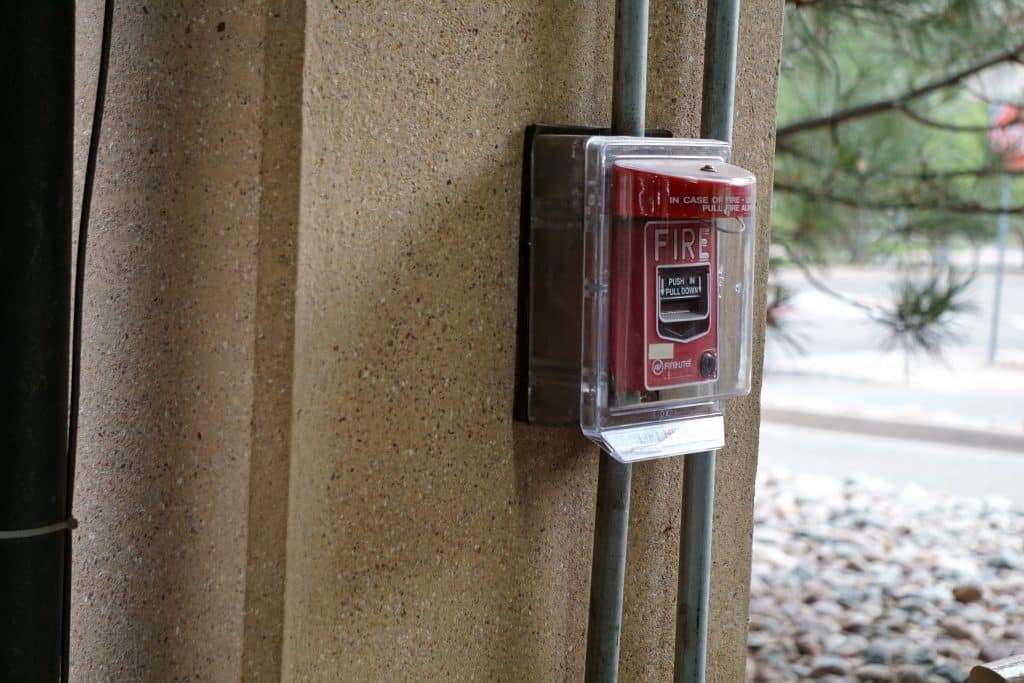Fire safety is paramount for every business, not only for the safety of employees, clients, and visitors but also for the sustainability of the enterprise itself. While installing state-of-the-art fire safety equipment and ensuring compliance with regulations is essential, one critical component that sometimes gets overlooked is the fire drill.
Utilising the guidance provided by the UK government and our extensive experience in fire safety, we delve into the significance of fire drills in the workplace.
Why Are Fire Drills Essential?
- Ensuring Preparedness: Fire drills provide a practical way to test your company’s fire safety procedures. They help ensure that everyone knows what to do in case of a real fire emergency.
- Familiarising Escape Routes: During a fire, confusion can lead to catastrophe. Regular fire drills help familiarise employees with escape routes, ensuring a smooth and orderly evacuation when every second counts.
- Identifying Weaknesses: A drill can expose potential weaknesses or issues in your evacuation plan, such as blocked exits, malfunctioning fire doors, or areas where people are unsure of where to go.
- Training New Employees: For businesses with high staff turnover or those who regularly welcome new team members, fire drills play an integral role in getting these new recruits up to speed on safety protocols.
- Building Confidence: Familiarity breeds confidence. By conducting regular fire drills, employees are less likely to panic during a real emergency, as they know exactly what to do and where to go.
UK Government’s Stance on Fire Drills
The UK government emphasises the importance of preparing and practising emergency escape routes. As per the government’s recommendations, fire drills should be carried out regularly and often enough to ensure that all members of a company or organisation are well-practised in the event of an emergency. Moreover, the outcomes of these drills should be recorded, and lessons learnt should be incorporated into future fire safety and evacuation plans.
Best Practices for Effective Fire Drills
- Vary the Scenarios: Not every fire emergency will be the same. Sometimes exits might be blocked, or certain routes may be inaccessible. Vary the drills to prepare employees for different scenarios.
- Incorporate All Shifts: If your business operates in multiple shifts, ensure drills are conducted for each shift so everyone gets an equal opportunity to practice.
- Monitor and Review: Have designated observers during drills to monitor the evacuation process. After the drill, gather feedback, identify areas of improvement, and adjust the evacuation plans accordingly.
- Involve Everyone: Ensure everyone, including visitors or temporary workers, are aware of and involved in the fire drill.
- Keep it Unpredictable: Don’t always pre-warn employees about a scheduled drill. Surprise drills can give a more accurate representation of how well your team is prepared.
While we all hope never to face a real fire emergency, it is our collective responsibility to be prepared for one. Fire drills are a proactive measure that every business, regardless of its size or industry, should take seriously.
For more guidance on conducting effective fire drills or to further enhance your fire safety protocols, reach out to us at Martyn Young Fireproofing Consultancy. Safety is a collective endeavour, and we’re here to support you every step of the way.


